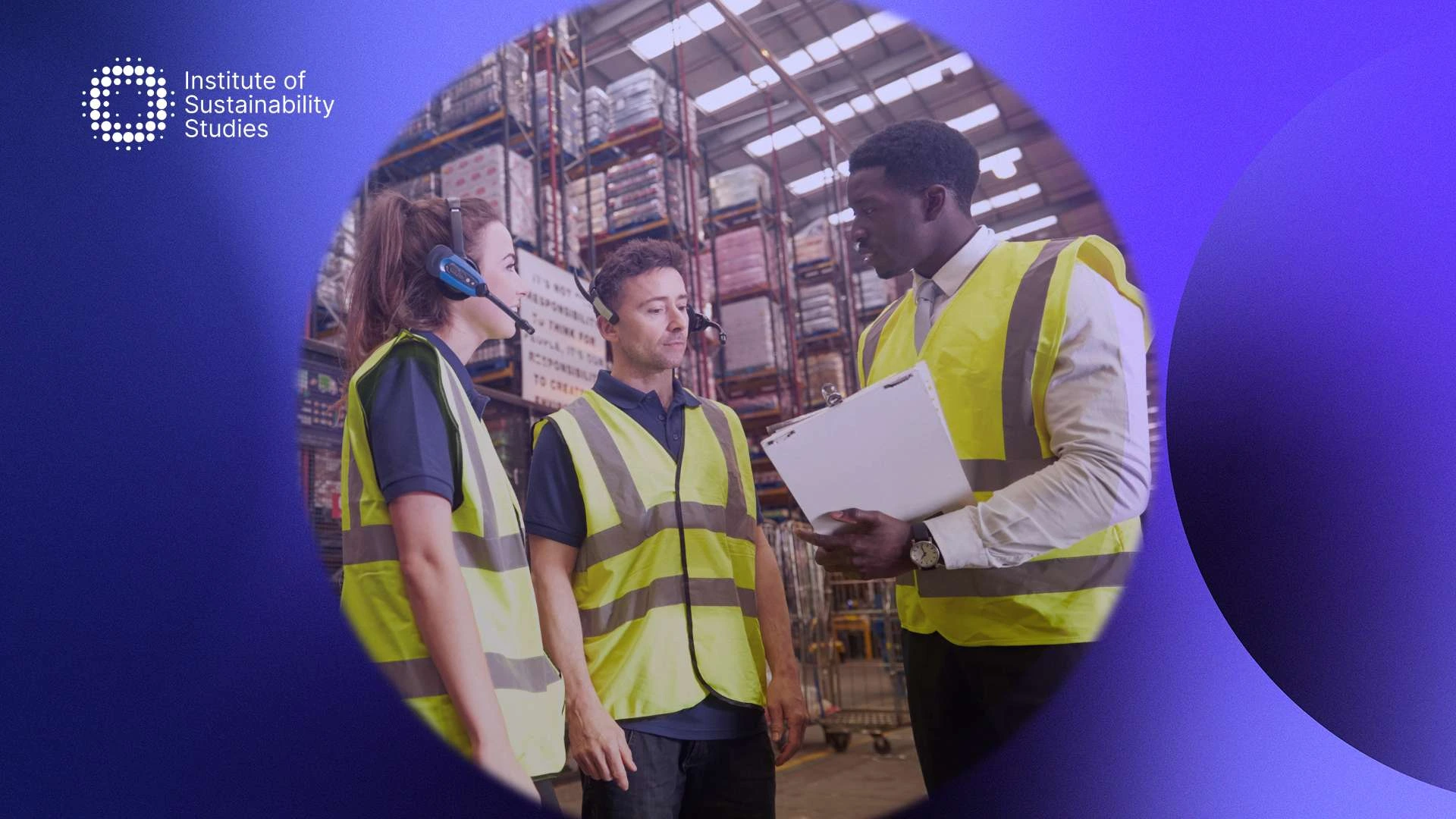The EU ETS is a cornerstone of the EU’s policy to combat climate change. It’s considered a key tool to reduce the EU’s greenhouse gas emissions (GHG) and has been put in place as part of EU climate policy.
The EU ETS is also the world’s first and biggest carbon market. Unlike other markets, where demand, supply and other forces determine pricing, this is a regulatory market, controlled by policymakers at EU level.
Controlling GHG emissions
In striving for climate neutrality in the EU by 2050, an intermediate target of at least 55% net reduction in GHG emissions has been set. The aim of the EU ETS is to help reach that target by reducing the impact of pollutants such as Carbon. This is achieved by putting a price on GHGs created by the energy, industry and aviation sectors.
EU Allowances (EUAs)
In order to help reach broader climate change goals, some regulation is needed on the right to emit specific pollutants. The EU ETS plays a role here by placing a limit (cap) on the total volume of greenhouse gas (GHG) emissions that the three target sectors (energy, aviation and industry) can cumulatively emit.
That cap is divided into pollution permits known as EU Allowances (EUAs). These permits come in units where one EUA represents one tonne of CO2 equivalent emissions. Having set the cap, the next aim is to gradually lower it to reduce overall emissions.
Companies can trade emission rights
The EU ETS is built on a “polluter pays” principle. Rather than having an unfettered right to emit specific pollutants, companies can trade emission rights and purchase EUAs, which are actually traded in bodies such as the European Energy Exchange.
This setup has not always worked successfully. Previously, overly generous exemptions were made for polluters as part of efforts to reduce the impact of the EU ETS on their business. Various carbon offset schemes have also seen their fair share of controversy. Over time, a surplus of emission allowances built up in the EU ETS, and carbon use was still economically attractive. This is an issue that the programme must now tackle.
Gain the skills to reduce emissions and implement carbon offsetting solutions with our comprehensive, university credit-rated Diploma
The impact on businesses
In general, directives and legislation arising from the EU eventually affect businesses in Ireland. Although the aviation, industry and energy sectors would be considered the domain of larger corporations, there is a trickle down effect for smaller businesses.
These larger players may ask suppliers to help decarbonise their supply chain, impacting on the materials or services that can be used to serve them. Suppliers may have to revisit their own processes and value chains to satisfy new procurement requirements as part of a key client’s sustainability objectives.
As work continues to reduce the EUs greenhouse gas emissions, SMEs will do well to observe any changes or potential updates to EUAs and other tools used by the EU ETS. They should check which aspects of that initiative correspond directly with their own business. By doing so, they can start to make changes gradually and be ready when new laws or client demands come into force.
There are considerations for the bottom line too. Knowing what could lie ahead will help to ensure capacity planning and forecasting are more robust and less prone to shock. Both in the short and long term, it makes sense to keep an eye on what’s happening with the EU ETS.










